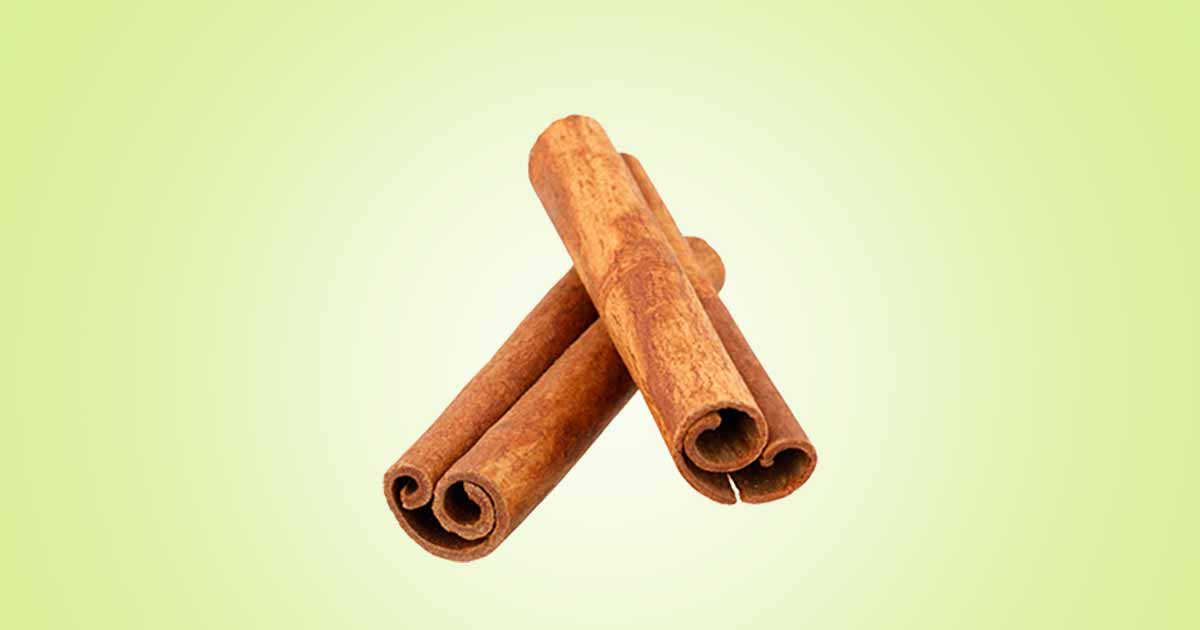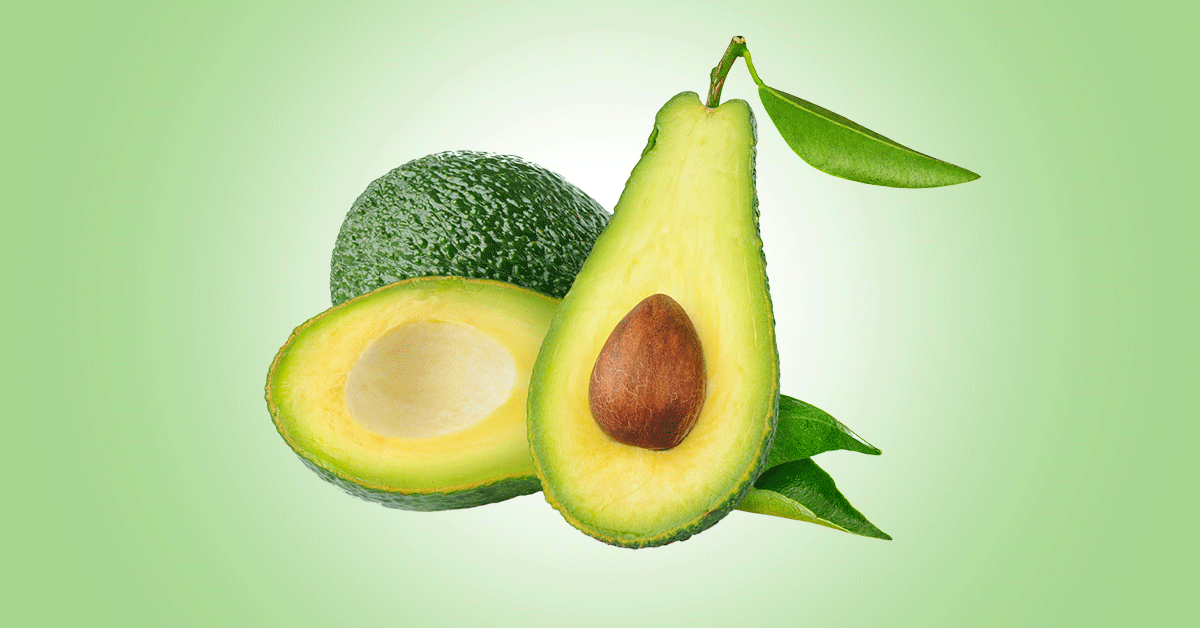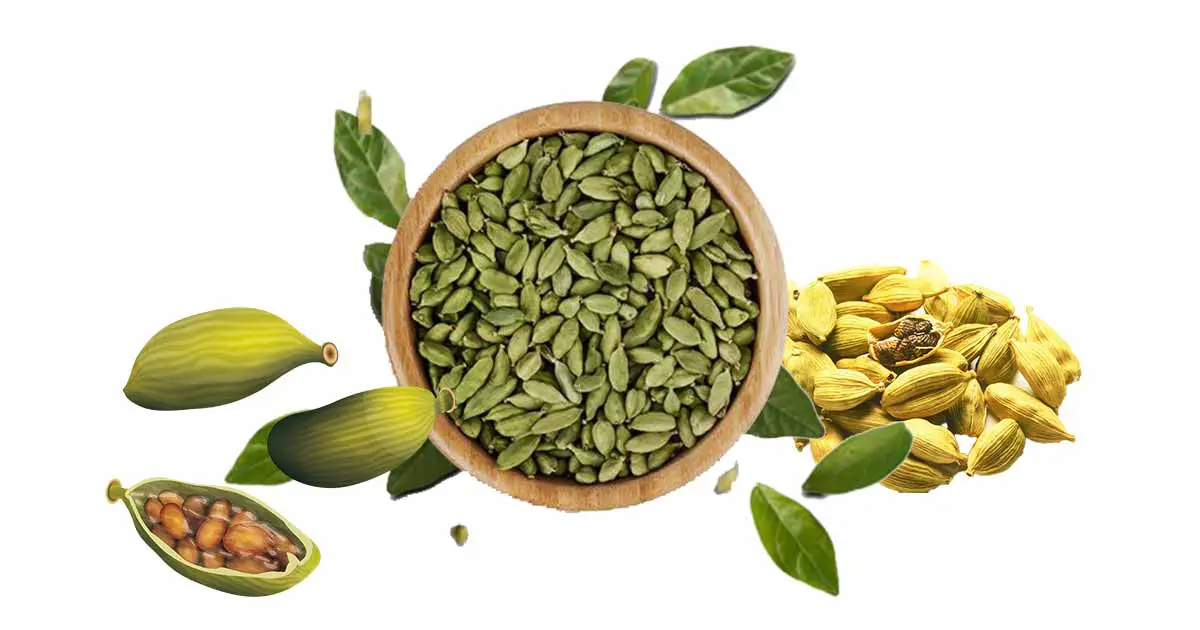Cassia or Chinese cinnamon or Chinese cassia(Cinnamomum cassia or Cinnamomum aromaticum) is an aromatic evergreen plant belonging to the Lauraceae family. It is both a spice and also a herb utilized in Chinese traditional medicine.
The bark from the young branches called cinnamomi cortex has unique fragrance, sweet taste with a tinge of bitterness and spicy flavor. It is both a condiment, seasoning, spice, and medicine to treat inflammatory conditions, cardiovascular diseases, gynecology disorders among others.
Cinnamomum cassia is mostly produced in Chinese provinces of Guangxi, Guangdong, Fujian and Hainan, and other countries such as Vietnam, Indonesia, Pakistan, Bangladesh, and India.
In Chinese traditional medicine, cassia has been used to treat arthritis, dysmenorrhoea, nephropathy, diabetes, dysuria, abdominal pain, poor appetite, gastroduodenal ulcer, cough, asthma, insomnia, chronic gastroenteritis, diarrhoea and vomiting.
Cassia cinnamon has medicinal effects such as antidiabetic, anti-obesity, antibacterial and antiviral, cardiovascular protective, cytoprotective, neuroprotective, anti-inflammatory and analgesic, anticancer, immunomodulatory effects, anti-tyrosinase activity.
It is available as pills, capsules, granules, oral liquid formulations.
Composition
There are phytochemical in the bark, as well as the leaves and twigs of cassia.
Terpenoids are the most abundant phytochemicals in the essential oils of cassia. Terpenoids are strong anti-inflammatory, antibacterial, antiviral, and anticancer compounds. They can be monoterpenes, diterpenes and sesquiterpenes.
They include endo-borneol, α-terpineol, 1-terpineol, cis-β-terpineol, β-bisabolene, linalool, camphor, camphene, β-pinene, α-bisabolol, geranyl acetate, cedrene, cinncassiol A, B, C, D, E, F, G, perseanol, trans-caryophyllene, germacrene D, α-cadinol, espatulenol, δ-cadinene, curcumene, α-bulnesene, α-copaene, cinnzeylanone, cedrene, cinnamoid A, B, C, D, E etc.
Phenylpropanoids are the most active compounds, and cinnamaldehyde is an example. Cinnamaldehyde content is used as the measure of the quality of cassia.
Other phenylpropanoids includes cis-2-methoxycinnamic acid, coniferaldehyde, eugenol, cinnamic acid, 2-methoxycinnamaldehyde, cinnamyl acetate, ethyl cinnamate, cinnamylalcohol, 2-hydroxycinnamic acid among others.
Glycosides such as cinnacasolide A, B, C, cinnacasside A, B, C, D, E, F, G, and glucopyranoside compounds have also been reported.
Lignans such as picrasmalignan A, leptolepisol C, isolariciresinol, secroisolariciresinol, cinncassin D, E, D, G, H, I, J, K, L, M, N, O are found.
Other compounds include lactones, benzyl benzoate, evofolin B, coumarin, cinnamomoside A, dihydromelilotoside, rosavin, benzaldehyde, acetophenone, benzenepropanal, decanal, styrene, phenylethyl alcohol, 3-phenylpropanol, benzenepropanal, catechins, among others.
Health Benefits of Chinese Cinnamon or Cassia
Anti-inflammatory/Analgesic effect: Cinnamaldehyde is an antioxidant and decrease paw edema after carrageenan injection. Cinnamic aldehyde also inhibits the levels of nitric oxide (NO), tumor necrosis factor (TNF-α), and prostaglandin E2 (PGE2) levels. By inhibiting these inflammatory markers, cassia exhibit anti-inflammatory activity.
Also, cinnamic acid may have analgesic activity against neuropathic pain caused by the chemotherapeutic drug, Oxaliplatin. It has the added advantage of having no serious side effects.
Anticancer effect: Compounds from cassia extract such as cinnamic acid, cinnamaldehyde, and cinnamyl alcohol bind to the active sites of the HDAC8 enzyme, just like Trichostatin A (TSA), an anticancer drug.
It should be noted that HDACs are associated with cancer, autoimmune diseases and neuro degenerative diseases.
Studies suggest cassia may inhibit lung cancer, cervical cancers, breast cancer, oral cancer, and head and neck squamous cell carcinoma.
Antimicrobial activity: Zhao et al. reported that extract of Chinese cinnamon inhibit Staphylococcus aureus, Bacillus subtilis, Escherichia coli, and the fungi, Aspergillus niger.
It has been found to inhibit other bacteria such as Staphylococcus hyicus, Klebsiella pneumoniae, Pseudomonas aeruginosa, Staphylococcus epidermidis, and Propionibacterium acnes, and fungi such as Candida tropicalis, Candida glabrata, and Candida krusei.
Antidiabetic effect: Polyphenols in cassia inhibits streptozotocin (STZ)-induced diabetes in mice. It prevents the expression of inflammatory markers that affect insulin production in rats.
Extract from the bark of cassia also lowers plasma glucose level via inhibiting rat α-glucosidase, maltase and sucrase activity (IC
Antiobesity/Hypolipidemic effect: Cassia boosted lipid storage in white adipocytes and increase the fatty acid oxidation capacity.
It also decreased serum levels of glucose, insulin, total cholesterol and ALT, suppressed lipid accumulation in liver, and insulin resistance in obese mice.
Prevents gastric ulcer: The powder of cassia protected against gastric ulcer by cytoprotective mechanism. It has been used in herbal medicine to treat diarrhoea, flatulence, and vomiting.
Cinnamon extract also blocks the H. pylori induced inflammatory and immune response.
Cardiovascular health: The extract prevents the proliferation of vascular smooth muscle cells, which can cause cardiovascular diseases. It also reduces the total triglycerides, low density lipoproteins and increased the activity of Ca2+Mg2±ATP enzyme.
Immunomodulation: Compounds such as cinncassiol G, cinnacasside F, and cinnacasol inhibit T cell proliferation induced by ConA and B cell proliferation induced by LPS.
Antianxiety effect: Cassia extract up regulated 5-hydroxytryptamine1A (5-HT1A) and γ-aminobutyric acid (GABA)-ergic system. This may help in managing anxiety.
Anti-tyrosinase activity: Constituent like trans-cinnamaldehyde reduced the melanin content and tyrosinase activity of the cells, and decreased thiobarbituric acid-reactive substance (TBARS) levels.
Cinnamic acid reduce skin pigmentation but no activity against dopachrome tautomerase.
Protects against visceral leishmaniasis (VL): Extract from Chinese cinnamon protected against L. donovani infected mice and hamsters. The effect was observed in both the liver and spleen of the mice and hamster.
Effect on fertility: Studies on effect of C. cassia extract on arginase and sexual function showed that it inhibits arginase activity, increased smooth muscle level, decrease collagen level in rat penile tissue and increase sexual function of young male rats.
Side effects
C. cassia essential oil may cause skin irritation itching, swelling, eczematous and bullous dermatitis. The extract at higher doses may cause potential nephrotoxicity and hepatotoxicity.
The high levels of coumarin (5.8-12.1 mg) in cassia is the main difference between Ceylon cinnamon (Cinnamomum verum) and Chinese cinnamon. Coumarin may cause liver and kidney toxicity when taken in high doses.
References
- https://www.ncbi.nlm.nih.gov/pmc/articles/PMC6804248/#B109-molecules-24-03473
- https://mobil.bfr.bund.de/cm/349/high_daily_intakes_of_cinnamon_health_risk_cannot_be_ruled_out.pdf
- https://applications.emro.who.int/imemrf/Pak_J_Pharm_Sci/Pak_J_Pharm_Sci_2015_28_4_1433_1438.pdf












